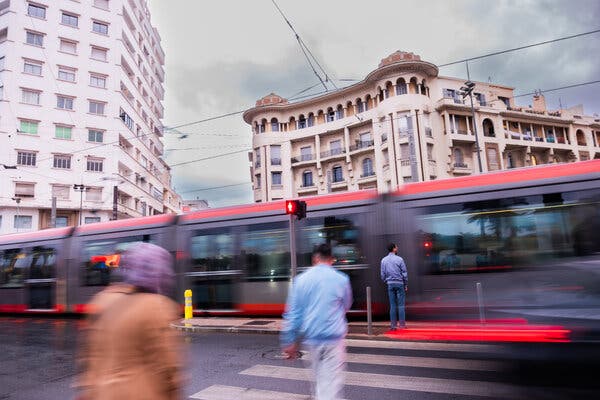According to my pathetic map, I should have been close to the royal palace. But nothing in Casablanca’s bustling Mers Sultan quarter, where trams rumble past shoe stores and cafes, looked remotely palatial. I tried one street, then the next. Finally, I approached some teenage girls in jeans and head scarves downing Diet Cokes outside a snack bar.
“I’m looking for the palace,” I said in rudimentary French, and pointed to my map. “It says it should be near here.”
One of the girls glanced at the creased sheet of paper, and in a voice laden with teenage contempt, asked, “Don’t you have a phone?”
No, I did not have a phone. Or rather, I did, but I wasn’t using it.
Except for buying my airplane ticket, my plan was to explore Casablanca — a Moroccan city I had never visited — without using the internet. That meant no online research, no GPS, no Ubers or Airbnbs, no virtual dictionary and no mindless scrolling to avoid social awkwardness.
At a time when more and more of us are feeling the need for a digital detox, I am keenly aware of how the internet, for all its benefits, has also changed travel for the worse. Not only does it play a key role in overtourism, but it has also flattened the sense of discovery. By allowing us to peruse restaurant menus, visualize sites and compile must-see lists, the internet tells us what we will experience before we arrive.
